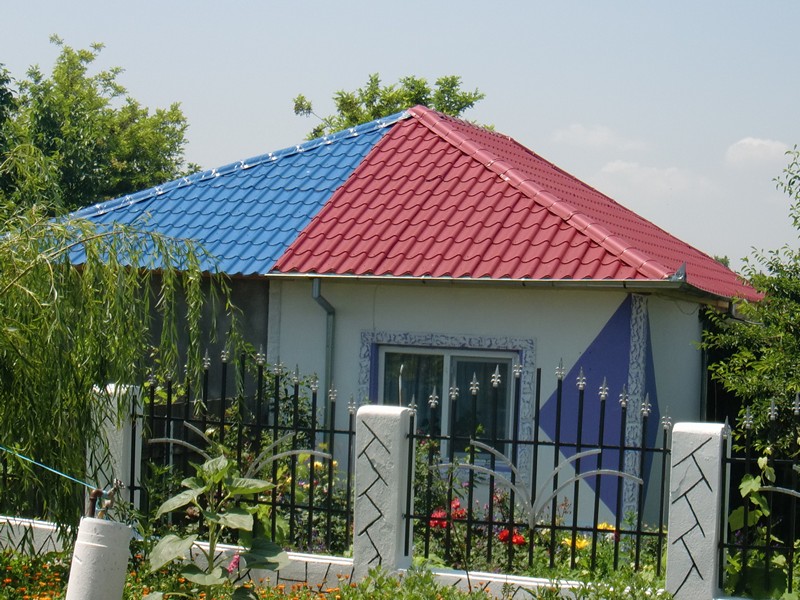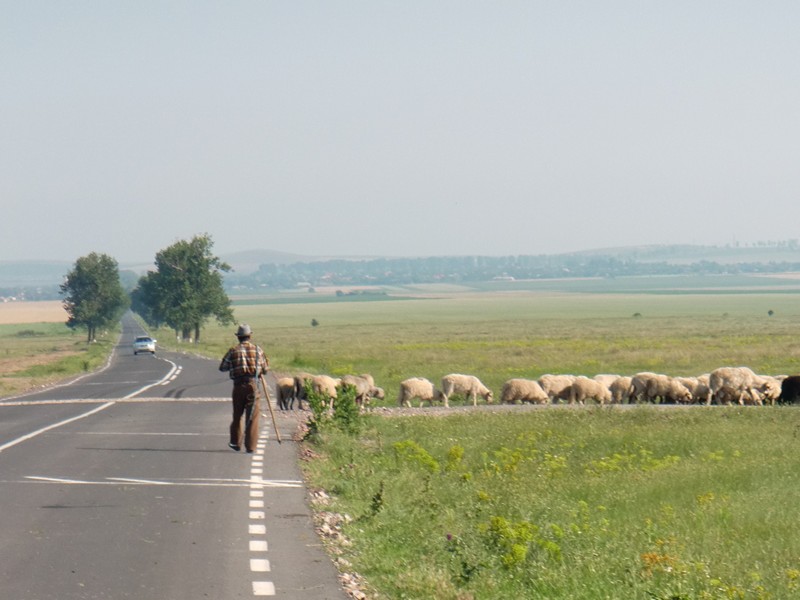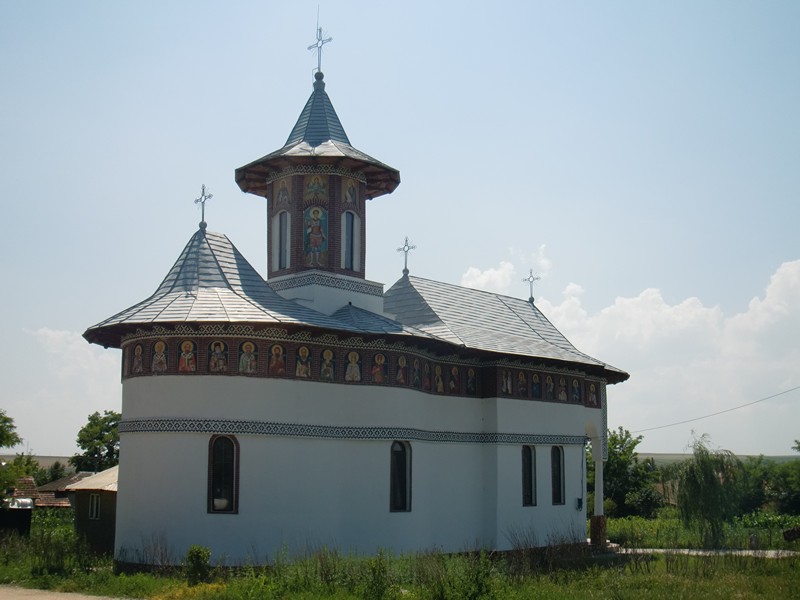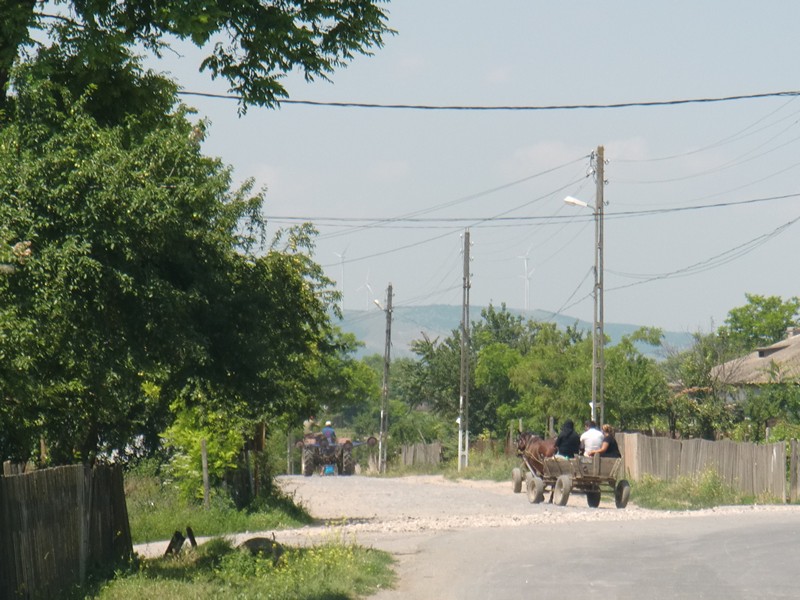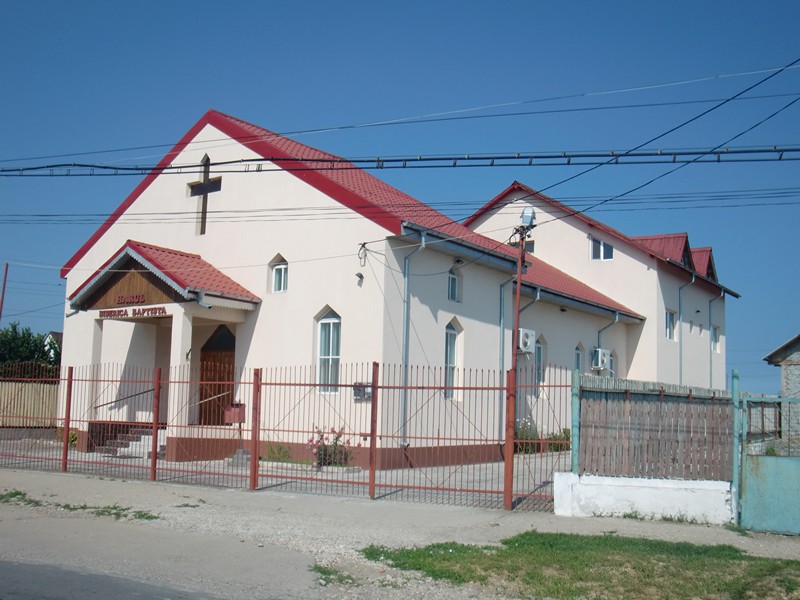|
The Danube Black Sea Canal is a canal in Romania, which runs from Cernavodă, on the Danube, to Constanţa (southern arm, as the main branch), and to Năvodari (northern arm), on the Black Sea. It is an important part of the European canal system that links the North Sea (through the Rhine–Main–Danube Canal) to the Black Sea. The main branch of the canal, with a length of 64.4 km (40.0 mi) was built in 1976–1984, while the north branch with a length of 31.2 km (19.4 mi) was built in 1983–1987.
The Canal was notorious as the site of labor camps in 1950s Communist Romania, when, at any given time, several tens of thousands political prisoners worked on its excavation. The total number of people used as a workforce for the entire period is unknown, as is the number of people who died in its construction. These works were later used in the Carasu irrigation system.
The main reasons for the building of the canal were to circumvent the Danube Delta, which is difficult to navigate, to shorten the distance to the Black Sea, and several issues related to the loading and unloading of ships.
|









